class i normal occlusion
Describe normal Class I occlusion. The upper first molar is nestled comfortably in the lower.

Occlusion And Malocclusion Pocket Dentistry
To test the hypothesis that there is no difference between Class I CI normal occlusion Class II division 1 CIId1 and CII division 2 CIId2 and Class III CIII malocclusion.

. CLASSIFICATION OF NORMAL OCCLUSION AND MALOCCLUSION. An ideal or normal front-to-back anteroposterior relationship between the upper and lower jaws is known as class I occlusion. The upper first molars are the key to occlusion.
Class 1 malocclusion is diagnosed when your upper molars overlap with your lower molars in a good position but your other teeth are crowded or spaced too far apart. The common system used to classify occlusion is termed Angles. The mesiobuccal cusp of the upper first molar occludes with the buccal groove of the lower first molar.
Comparison between Class I and Class II Division 1 females showed a significantly higher val-ue of upper lip in relation to Steiner line S1 and significantly smaller upper and. Static occlusion refers to contact between teeth when the jaw is closed and stationary while dynamic occlusion refers to occlusal contacts made. Occlusion in a dental.
Normal occlusion occurs when the mesiobuccal cusp of the upper first molar is received in the buccal groove of the lower first molar Angle. Class 1 Occlusion Teeth are aligned in Cusp Fossa relationship with their antagonist teeth. What is a Class 1 malocclusion.
Normal occlusion occurs when the mesiobuccal cusp of the upper first molar is received in the buccal groove of the lower first molar Angle class I occlusion. This is noted as NORMAL occlusion. Class 1 is the most common.
All of the casts were categorized into Class-I. An ideal or normal front-to-back anteroposterior relationship between the upper and lower jaws is known as class I occlusion. Angles described Normal occlusion Three types of malocclusion - Angles class I malocclusion.
This is also known as the standard of. Is Class 1 occlusion normal. Class 1 Malocclusion Neutrocclusion This is the most common type of.
The upper and lower molars should be related so that the mesiobuccal cusp of the upper molar occludes. An Angle class II malocclusion. A Class 1 malocclusion is different in that the bite is considered normal by Edward Angles measures.
It is based on how the maxillary and mandibular first molars come into contact with one another when closing the teeth. Any variation was deemed by Angle as a malocclusion and he classified malocclusion into three classes. Class I The position of the dental arches is normal with first molars in normal occlusion Angle 1900 Class I malocclusion There is normal relationship of the molars but the line of.
In contrast persons with class II or class III jaw.
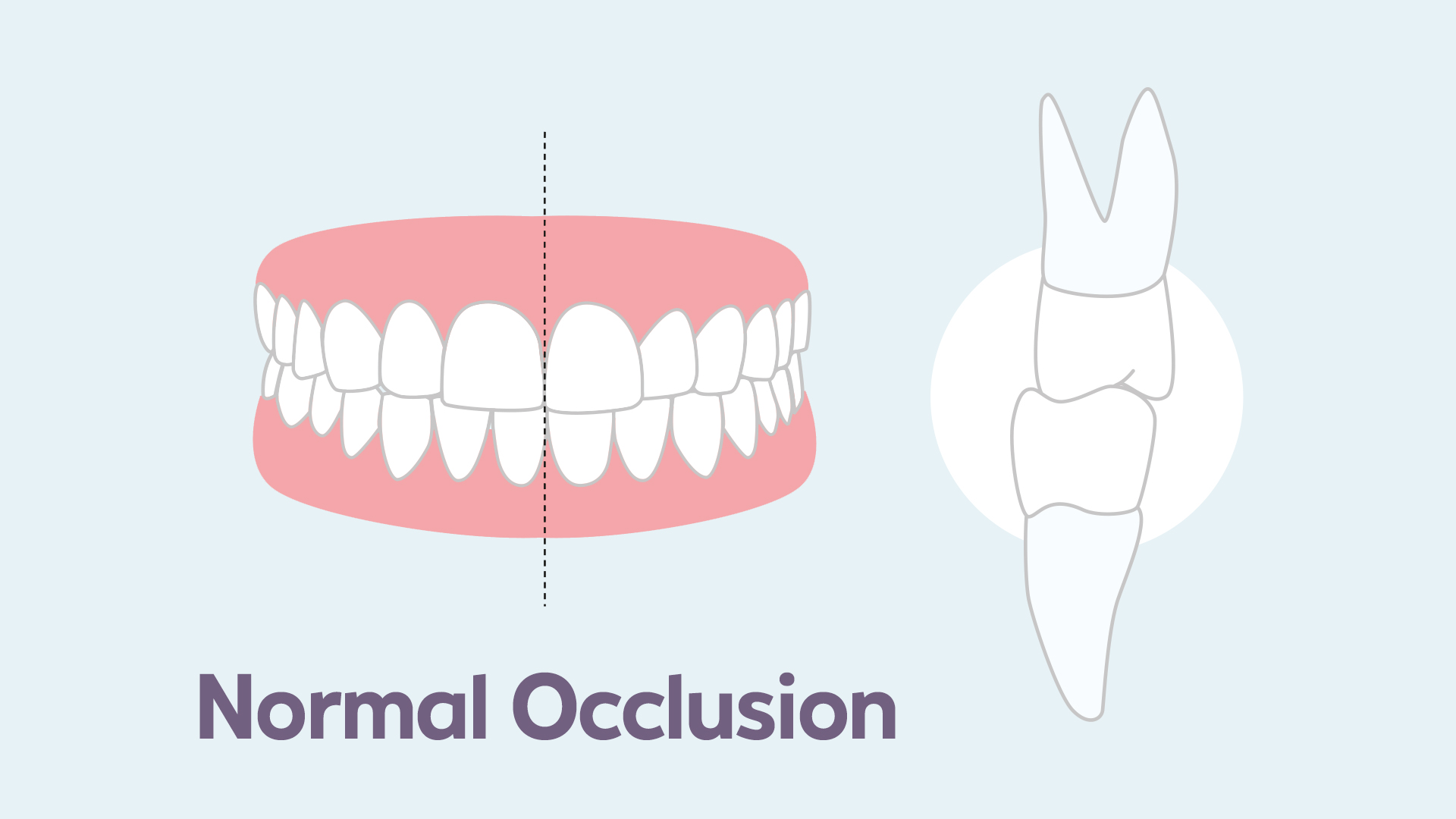
Malocclusion Treatments Types And Consequences

Malocclusion Of Teeth I Orthodontics Lecture Youtube

Classification Of Malocclusions Pocket Dentistry
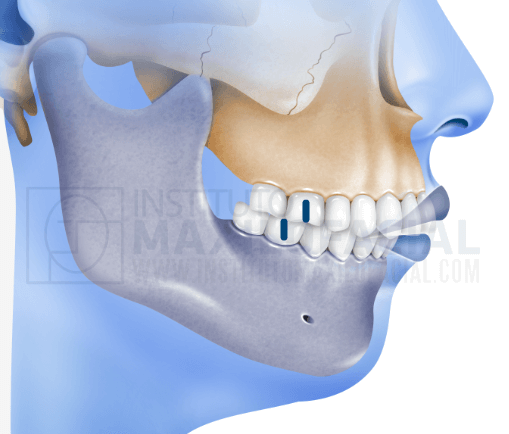
What Is A Class I Class Ii Or Class Iii Bite Instituto Maxilofacial

Occlusion An Overview Of Dental Anatomy Dentalcare

Classification Of Malocclusions Pocket Dentistry

The Class Iv Malocclusion Dr Scott Solomons

All India Dental Students Association Aidsa Mal Occlusions Developed By Edward H Angle In 1890 The Angle Classifications Are Based On The Relationship Of The Buccal Groove Of The Mandibular First Permanent Molar
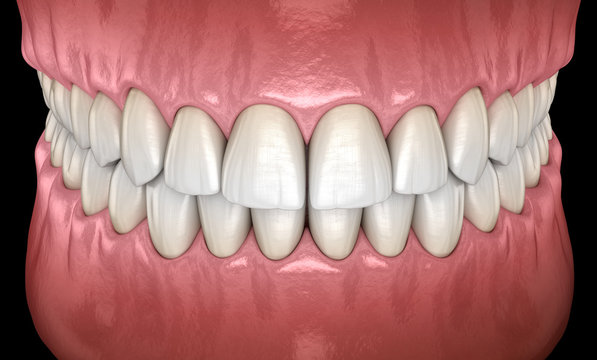
Human Bite Images Browse 744 219 Stock Photos Vectors And Video Adobe Stock

Mngmnt Malocclusion Skltl Prblms 3rd Ed
The Wits Appraisal Among A Nigerian Sub Population An Assessment Of Dental Base Geometric Factors

What Is Dental Occlusion Quora
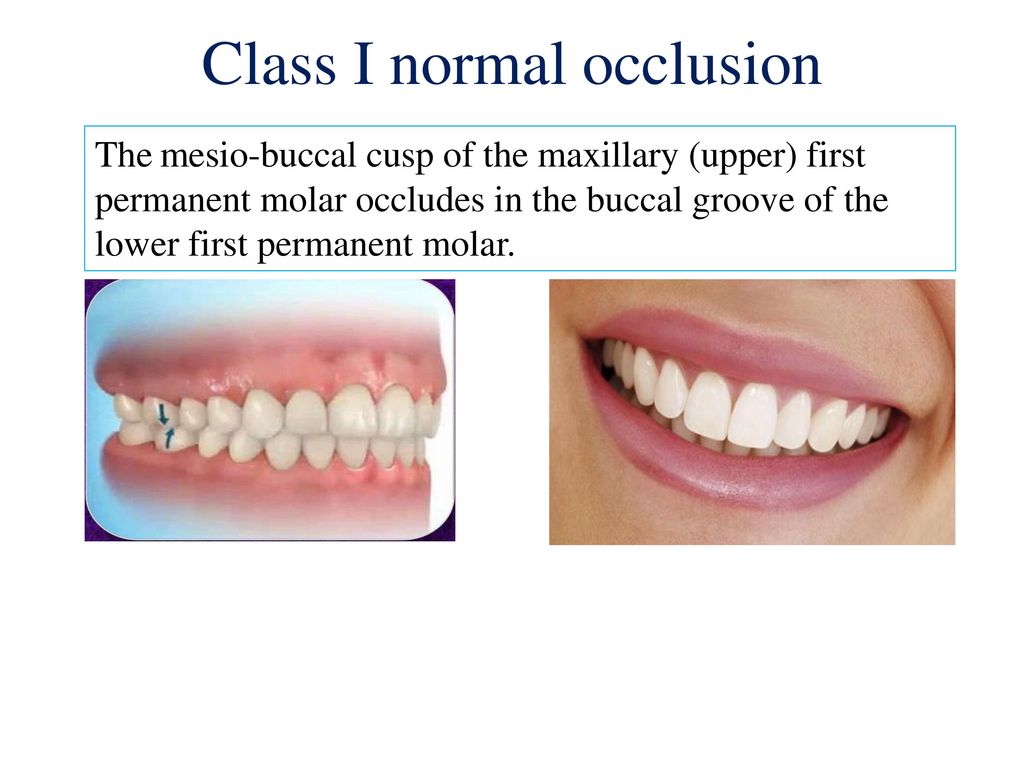
Classification Of Orthodontic Malocclusion Ppt Download
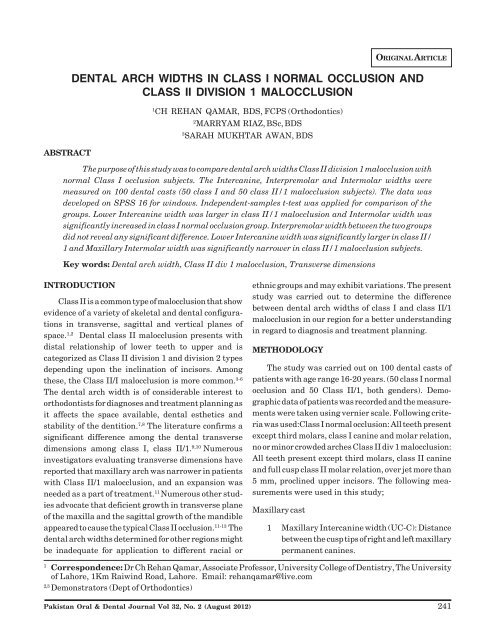
Dental Arch Widths In Class I Normal Occlusion And Class Ii Division 1
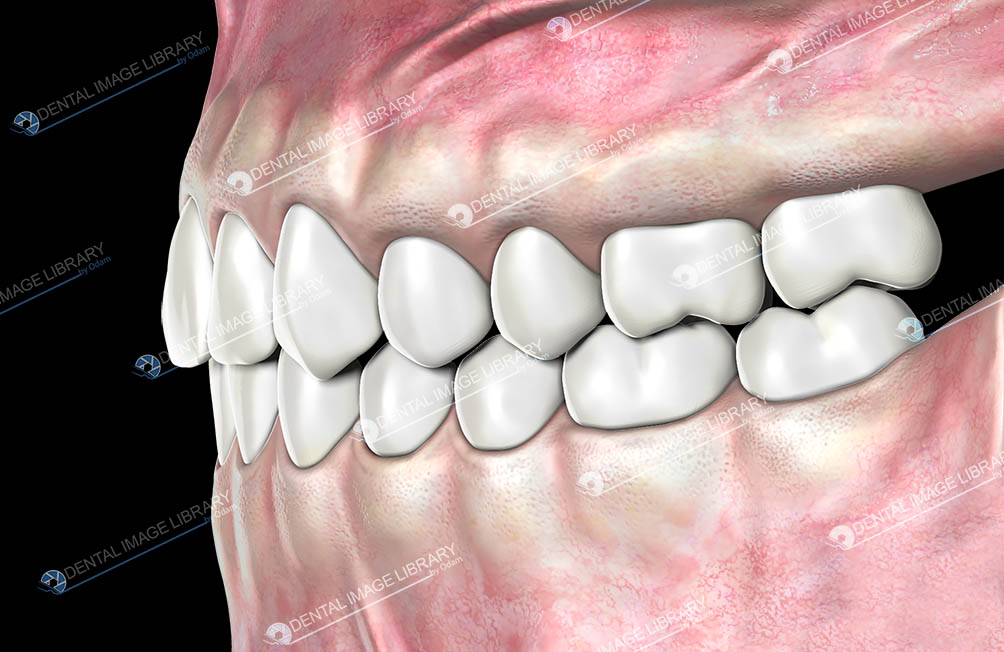
Normal Occlusion Class 1 93jb00004 Dental Image Library


